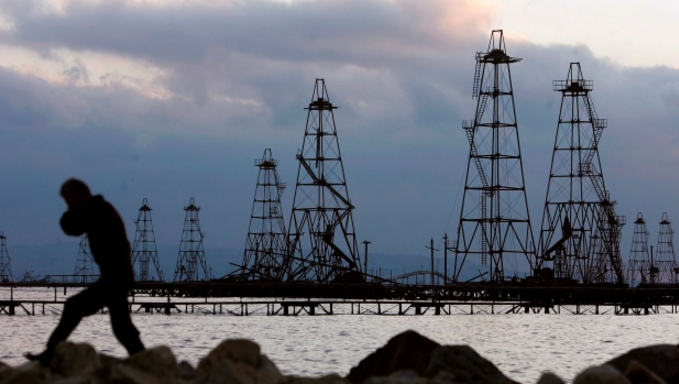The current glut of cheap oil will keep prices low into next year in 2017 at least, forecasters at the International Energy Agency said Monday.
This time last year, the Paris-based IEA was forecasting a “relatively swift” bounce back for oil prices that were in the $50 US range, after having fallen by 50 per cent in the previous few months.
Instead, the oversupply in crude markets has gotten worse, pushing oil down to levels not seen since 2003, the organization of 29 major oil importing nations noted.
IEA chief Fatih Birol blamed “extraordinary volatility” in oil markets that has made forecasting “more difficult than ever” for its changed outlook.
- 4 oil forecasting predict which was prices will go
- Oil patch legend Jim Gray says oil will fall to $30 and stay there
“Our analysis of the oil market fundamentals at the start of 2016 is clear that in the short term there is unlikely to be a significant increase in prices,” Birol said in the report.
Speaking specifically about the Canadian oil market, the IEA said it expects output to continue to increase to more than five million barrels a day because of projects approved years ago that are only now coming online.
“While some companies are currently running with negative operating cash costs, no major shut-ins or plant closures have been announced to date,” the IEA said.
Oilsands operations are not likely to expand right now, given their status as one of the highest-cost producers in the world. After current expansions come online, the agency expects Canada’s crude output to slow “considerably, if not coming to a complete stand still, after the projects under construction are completed.”
Stockpiles growing
In its report, the agency said oil supplies have surged due to a three-year rise in stocks, a phenomenon last seen in the mid-1990s.
Oil prices have collapsed 70 per cent since mid-2014. The price plunge has led producers to slash spending on exploration and production. Capital expenditures fell 24 per cent last year and are expected to drop another 17 per cent this year, the IEA said — the first two-year decline since 1986.
Crude oil futures soared $1.92 to $33.67 a barrel on Monday on talk of an output freeze led by Russia and Saudi Arabia. But oil has been stuck in a range between the high 20s and low 30s for several weeks now, without managing to break out in either direction.
Read the full post in CBC Business


Leave a Reply